Ka Chun Lam
Interpretable factorization of clinical questionnaires to identify latent factors of psychopathology
Dec 12, 2023



Abstract:Psychiatry research seeks to understand the manifestations of psychopathology in behavior, as measured in questionnaire data, by identifying a small number of latent factors that explain them. While factor analysis is the traditional tool for this purpose, the resulting factors may not be interpretable, and may also be subject to confounding variables. Moreover, missing data are common, and explicit imputation is often required. To overcome these limitations, we introduce interpretability constrained questionnaire factorization (ICQF), a non-negative matrix factorization method with regularization tailored for questionnaire data. Our method aims to promote factor interpretability and solution stability. We provide an optimization procedure with theoretical convergence guarantees, and an automated procedure to detect latent dimensionality accurately. We validate these procedures using realistic synthetic data. We demonstrate the effectiveness of our method in a widely used general-purpose questionnaire, in two independent datasets (the Healthy Brain Network and Adolescent Brain Cognitive Development studies). Specifically, we show that ICQF improves interpretability, as defined by domain experts, while preserving diagnostic information across a range of disorders, and outperforms competing methods for smaller dataset sizes. This suggests that the regularization in our method matches domain characteristics. The python implementation for ICQF is available at \url{https://github.com/jefferykclam/ICQF}.
CNN-Driven Quasiconformal Model for Large Deformation Image Registration
Oct 30, 2020



Abstract:We present a novel way to perform image registration, which is not limited to a specific kind, between image pairs with very large deformation, while preserving Quasiconformal property without tedious manual landmark labeling that conventional mathematical registration methods require. Alongside the practical function of our algorithm, one just-as-important underlying message is that the integration between typical CNN and existing Mathematical model is successful as will be pointed out by our paper, meaning that machine learning and mathematical model could coexist, cover for each other and significantly improve registration result. This paper will demonstrate an unprecedented idea of making use of both robustness of CNNs and rigorousness of mathematical model to obtain meaningful registration maps between 2D images under the aforementioned strict constraints for the sake of well-posedness.
Understanding Object Affordances Through Verb Usage Patterns
Jun 22, 2020
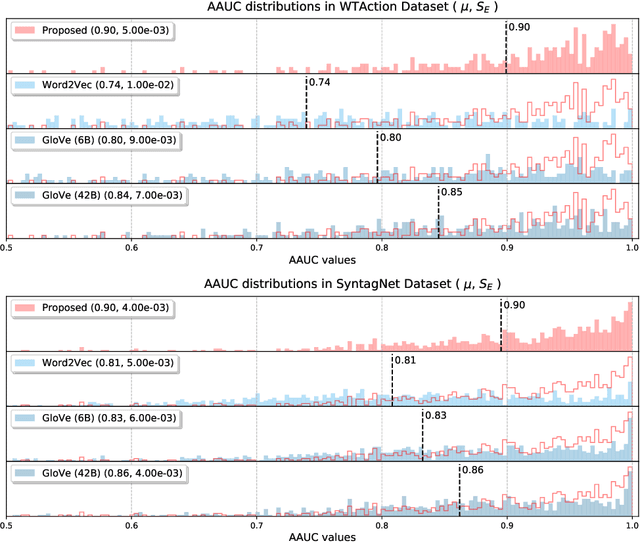

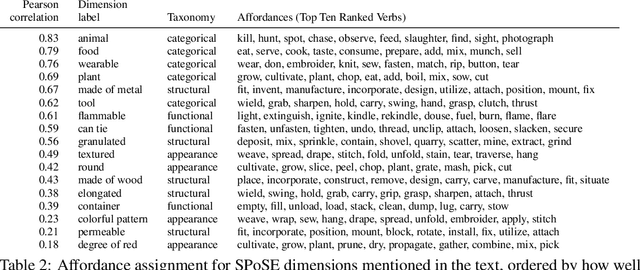
Abstract:In order to interact with objects in our environment, we rely on an understanding of the actions that can be performed on them, and the extent to which they rely or have an effect on the properties of the object. This knowledge is called the object "affordance". We propose an approach for creating an embedding of objects in an affordance space, in which each dimension corresponds to an aspect of meaning shared by many actions, using text corpora. This embedding makes it possible to predict which verbs will be applicable to a given object, as captured in human judgments of affordance. We show that the dimensions learned are interpretable, and that they correspond to patterns of interaction with objects. Finally, we show that they can be used to predict other dimensions of object representation that have been shown to underpin human judgments of object similarity.
Evaluating Adversarial Robustness for Deep Neural Network Interpretability using fMRI Decoding
Apr 23, 2020

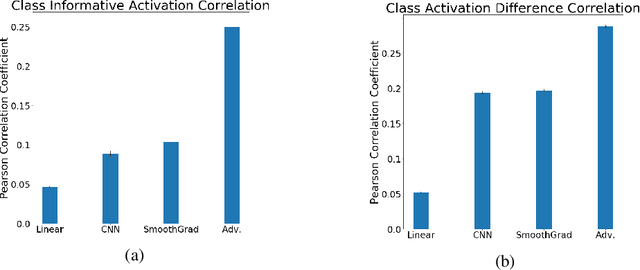

Abstract:While deep neural networks (DNNs) are being increasingly used to make predictions from high-dimensional, complex data, they are widely seen as uninterpretable "black boxes", since it can be difficult to discover what input information is used to make predictions. This ability is particularly important for applications in cognitive neuroscience and neuroinformatics. A saliency map is a common approach for producing interpretable visualizations of the relative importance of input features for a prediction. However, many methods for creating these maps fail due to focusing too much on the input or being extremely sensitive to small input noise. It is also challenging to quantitatively evaluate how well saliency maps correspond to the truly relevant input information. In this paper, we develop two quantitative evaluation procedures for saliency methods, using the fact that the Human Connectome Project (HCP) dataset contains functional magnetic resonance imaging(fMRI) data from multiple tasks per subject to create ground truth saliency maps.We then introduce an adversarial training method that makes DNNs robust to small input noise, and use these evaluations to demonstrate that it greatly improves interpretability.
A Fast Hierarchically Preconditioned Eigensolver Based On Multiresolution Matrix Decomposition
Jun 27, 2018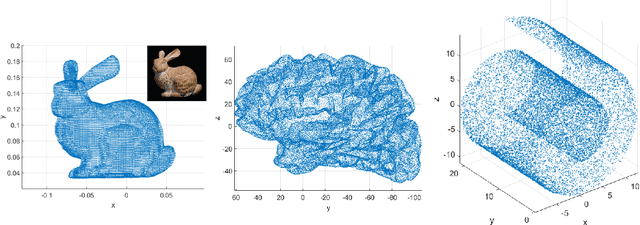

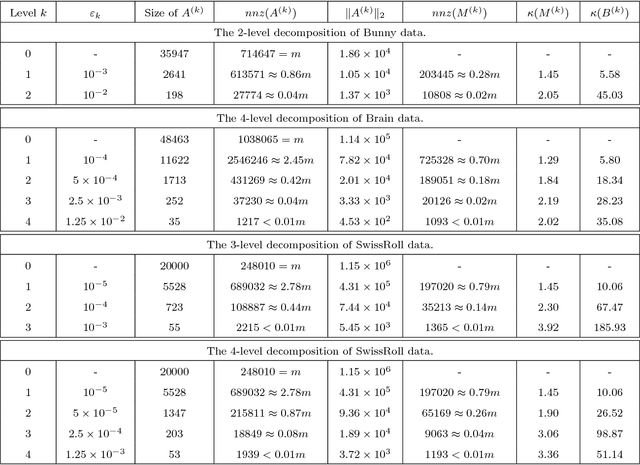
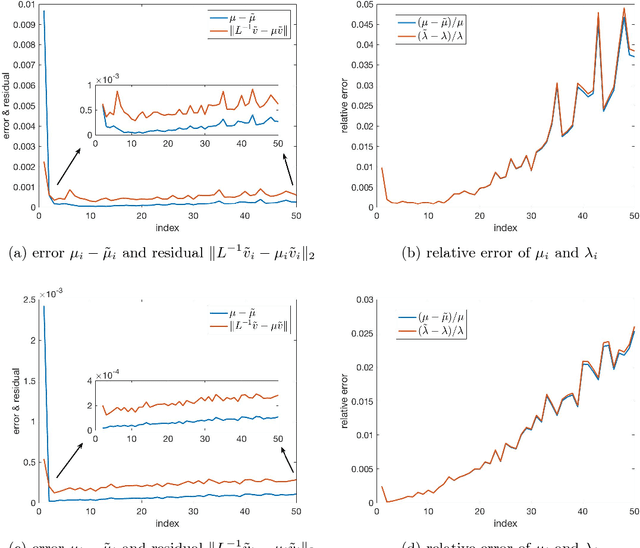
Abstract:In this paper we propose a new iterative method to hierarchically compute a relatively large number of leftmost eigenpairs of a sparse symmetric positive matrix under the multiresolution operator compression framework. We exploit the well-conditioned property of every decomposition components by integrating the multiresolution framework into the Implicitly restarted Lanczos method. We achieve this combination by proposing an extension-refinement iterative scheme, in which the intrinsic idea is to decompose the target spectrum into several segments such that the corresponding eigenproblem in each segment is well-conditioned. Theoretical analysis and numerical illustration are also reported to illustrate the efficiency and effectiveness of this algorithm.
 Add to Chrome
Add to Chrome Add to Firefox
Add to Firefox Add to Edge
Add to Edge